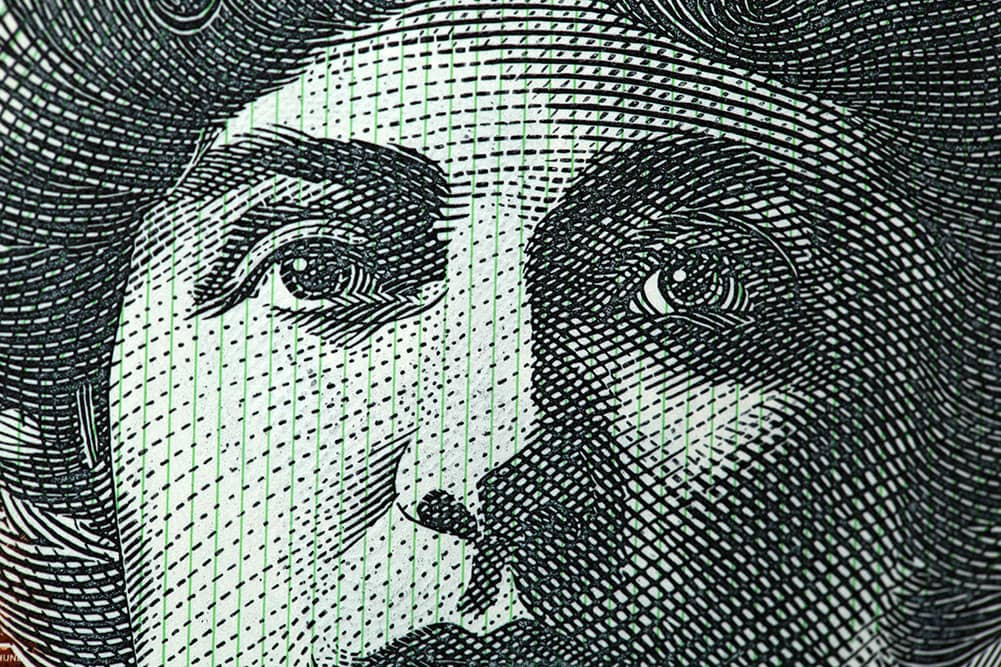GBP/AUD Rate Week Ahead Forecast: Shallow Pullback Can Extend
- Written by: Gary Howes
-
- GBPAUD medium-term uptrend intact
- But retracement from recent highs can play out short-term
- Global drivers to dominate over the coming week

Image © Adobe Images
The Pound to Australian Dollar exchange rate (GBPAUD) remains in a clear uptrend that could ultimately allow for further advances to fresh highs over the coming weeks, although near-term weakness is possible over the coming days of August.
This is because GBPAUD's charts suggest it is in the process of unwinding a recent bout of strength that took it as high as 1.9470 last week, with the new week opening at 1.9404.
The new high was a result of a relatively 'dovish' Reserve Bank of Australia decision that saw widespread AUD declines, but this was soon countered by a Bank of England decision that was unable to rejuvenate the Pound's uptrend.
Some economists interpreted the Bank's decision to hike rates by 25 basis points as 'dovish' as it represents a slowdown on June's 50bp hike and the accompanying guidance suggests maybe just one more rate hike is in store.
Above: GBPAUD at daily intervals.
However, Pound Sterling declines have proven relatively shallow as the Bank's overarching message was that it was likely to maintain interest rates at elevated levels for an extended period of time.
This signalled to markets that rate cuts in 2024 were likely to be less steep than was previously thought, a development that ultimately supports the Pound's medium-term outlook and underscores the GBPAUD uptrend.
Aussie Dollar weakness was meanwhile linked to the Reserve Bank of Australia's decision to keep rates unchanged last week.
The RBA also offered little conclusive evidence it wants to raise rates again, in turn denying AUD support from the interest rate channel. "AUDUSD has declined more than 2% since the RBA kept the cash rate unchanged at 4.1% on 1 August despite retaining its tightening bias. We maintain the RBA's job is not done," says Dominic Schnider, a strategist at UBS.
The net result is a Bank of England that will end the current rate hiking cycle with a higher base interest rate than that at the RBA, confirming the rates channel favours GBPAUD upside on a multi-month basis.
There are no major data releases of consequence to GBPAUD in the coming week and global factors are likely to play a pivotal role, particularly regarding China, which remains a significant source of sentiment for the Australian Dollar.
Chinese trade statistics are due out on Tuesday and inflation figures on Wednesday and China watchers will be alert to any ad hoc announcements on policy stimulus from authorities which would likely have an impact on FX markets.
"The challenges for the currency will come later in the week with the release of US and China CPI data," says David Forrester, Senior G10 and EM Asia Strategist at Crédit Agricole. "US inflation will be important for the AUD as it affects both UST yields as well as risk sentiment."
But he says investors should not neglect the China CPI data released the day before: "The market expects China to slip into disinflation in YoY terms for the first time since the pandemic. Even weaker readings would see investors become further worried about China’s economic recovery and weigh on the AUD."
Chinese economic growth remains unconvincing and economists suspect that only once China starts putting in some decent growth surprises will a more concerted Aussie revival occur.
China on Friday announced several measures to rejuvenate its capital markets, adding to a series of other decisions it has taken as part of its aim to kickstart the economy. Authorities also said additional support is coming up but no measures have thus far convinced markets enough is being done to turn the tide on the manufacturing powerhouse's lacklustre post-covid recovery.
Last week's release of the NBS Chinese manufacturing PMI showed a rise of 0.3pts to 49.3 in July, ensuring it remains in contractionary territory and leaving it 1.2pts below the 5-year pre-COVID average, a development that weighed on the China-sensitive Aussie Dollar.







